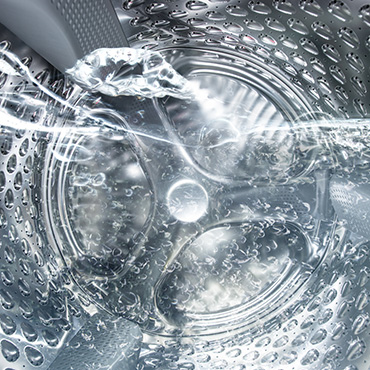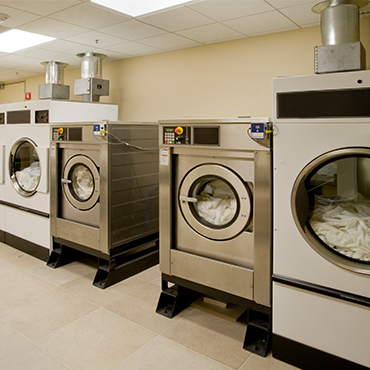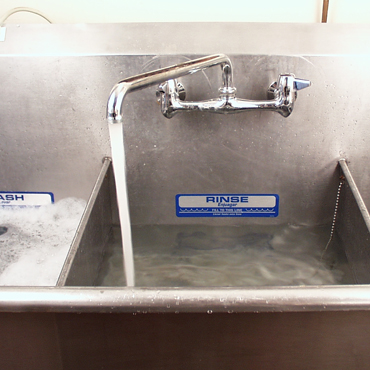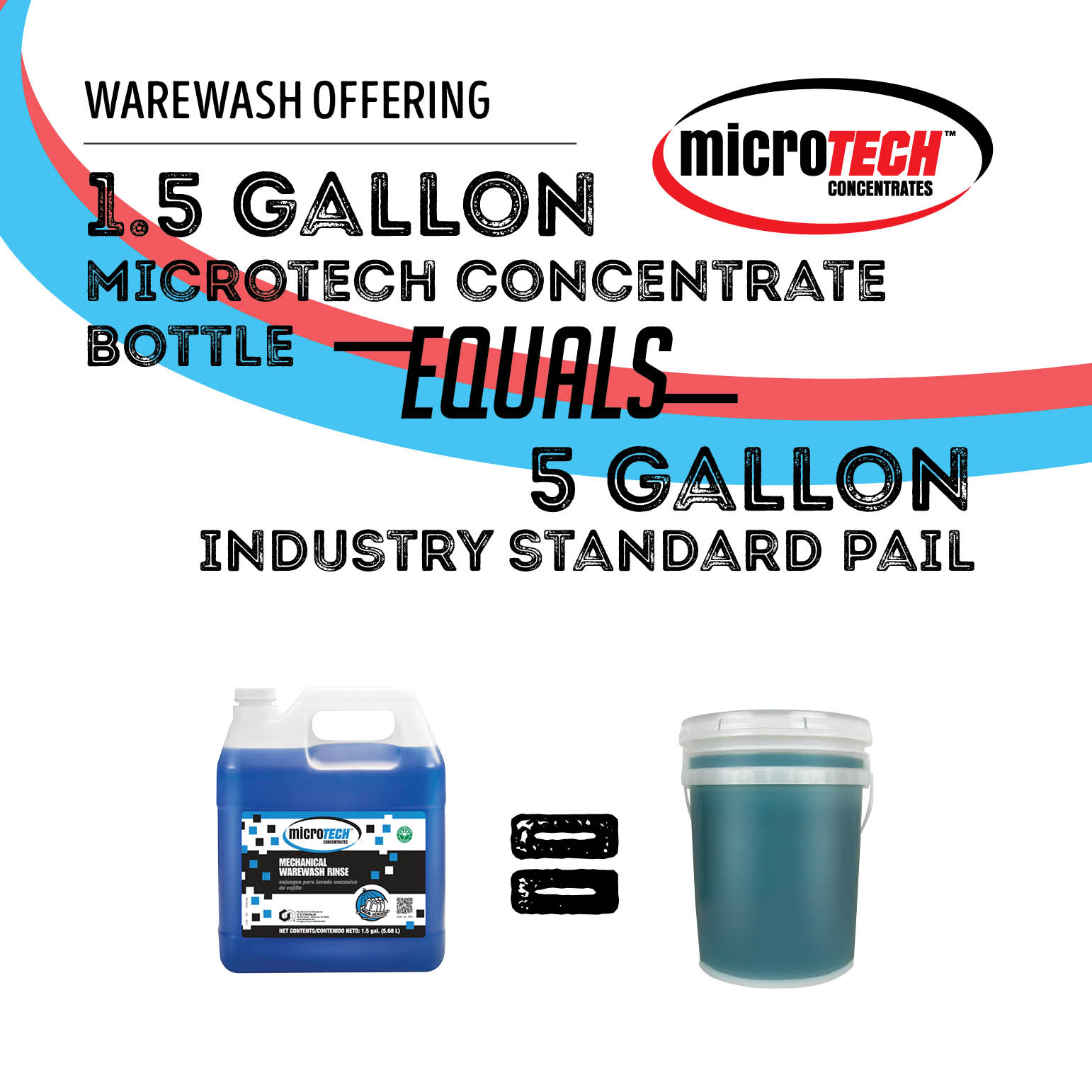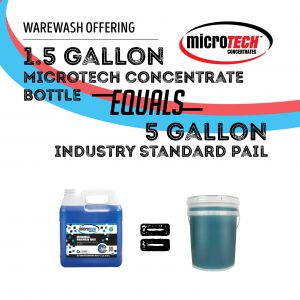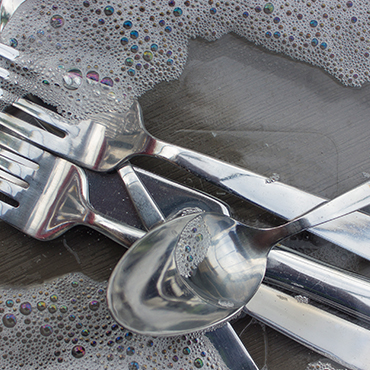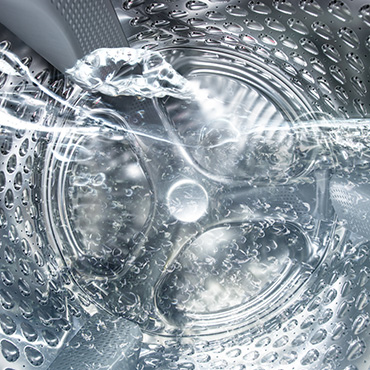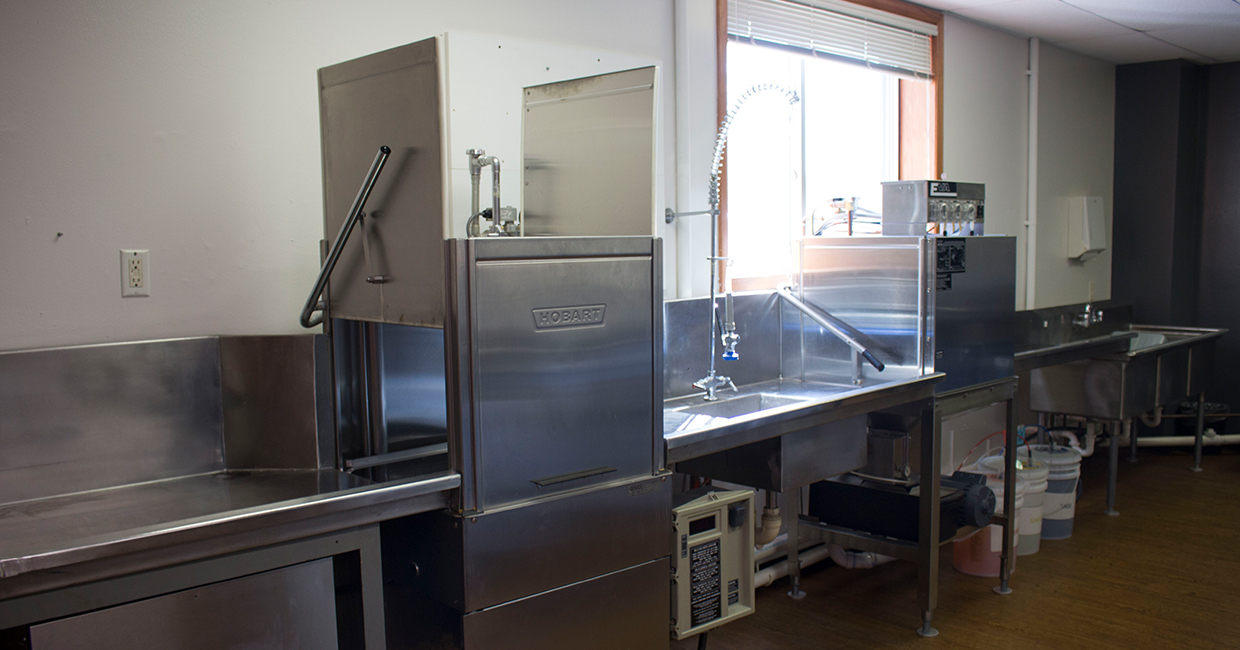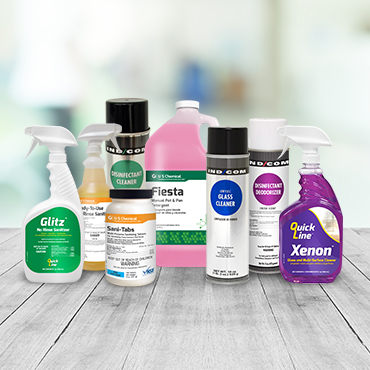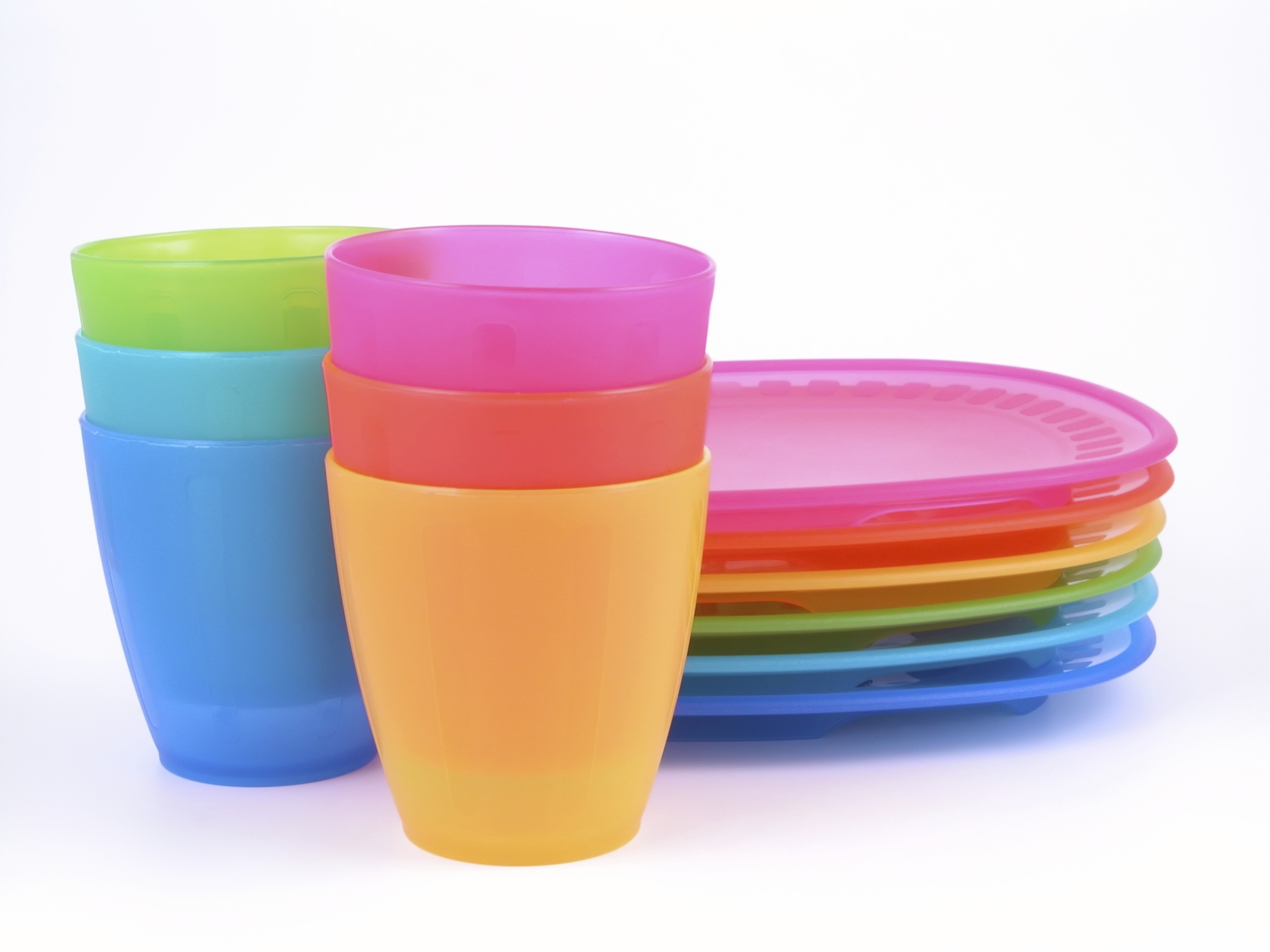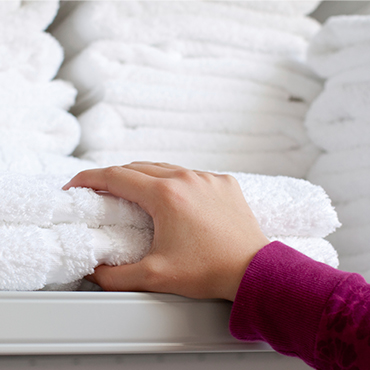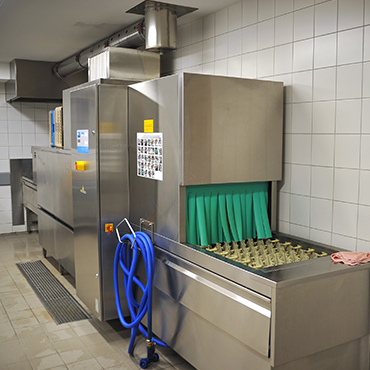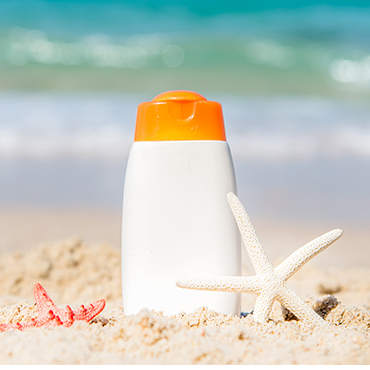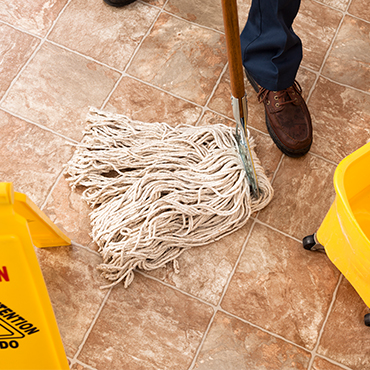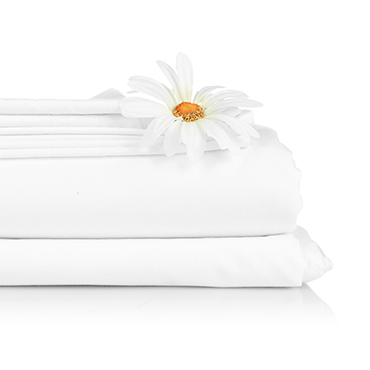The Cold Vs Hot Water Debate in Commercial Laundry
Laundry is a fundamental aspect of both domestic life and industry. The quest for innovative methods to effectively cleanse textiles and eliminate stains is ongoing. As technological advancements reshape our world, they also transform our laundry practices. The global community is increasingly aware of the environmental impact of everyday activities. This awareness is driving a shift towards sustainability, with individuals and corporations striving to lessen their ecological footprint. Today, the focus on conserving resources, such as energy and water, and fostering eco-friendly practices like reusing and recycling, is stronger than ever.
In the realm of laundry, the discussion often centers on the consumption of water and energy. Commercial laundries are adopting various strategies to curtail water usage, including reclamation systems that repurpose rinse water for pre-wash cycles, the deployment of high-efficiency machines designed to minimize water and energy use, and the implementation of optimal load management to ensure each cycle is run with maximum efficiency. To reduce energy consumption, many are turning to cold water washing as an alternative to traditional hot or warm cycles.
The commercial laundry sector is currently at a crossroads, debating the merits of cost savings versus performance. There’s a split opinion on whether lower water temperatures can deliver substantial reductions in utility expenses without compromising cleaning quality and sanitization. The industry predominantly relies on hot water, defined as 130-150°F, while warm and cold water are typically set at 90-110°F and 60-80°F, respectively. Detergent manufacturers advocating for cold water washing define it as 90-120°F. This article delves into the contentious issues facing the industry: the efficacy of cold versus hot water in soil removal and the financial benefits of adopting lower washing temperatures.
First let’s examine the performance of hot/warm water temperature and cold-water temperature on soil removal and overall cleanliness. The results of those tests are listed in the table below.
| 5 Product Laundry Cycle Performance | |||
| Hot/Warm Water | Cold Water | ||
| Sample | Results | Results | Benchmark |
| Clean Cotton | 0.60% | -0.30% | 0% |
| Clean Poly | 0.30% | -0.40% | 0% |
| Dust Sebum Cotton | 63.50% | 49.90% | 100% |
| Dust Sebum Poly | 79.10% | 75.00% | 100% |
| Cooking Grease Cotton | -24.30% | -8.70% | higher the negative, the better it is |
| Cooking Grease Poly | -58.30% | -78.00% | higher the negative, the better it is |
| Coffee Cotton | 97.60% | 93.80% | 100% |
| Coffee Poly | 95.20% | 92.60% | 100% |
| Cosmetic Makeup Cotton | 52.50% | 37.90% | 100% |
| Cosmetic Makeup Poly | 73.80% | 49.50% | 100% |
| Rust Cotton | 17.30% | 6.70% | 100% |
| Rust Poly | 14.90% | 18.90% | 100% |
The table presents a selection of common soils typically found on fabrics: dust sebum, cooking grease, coffee, cosmetic makeup, and rust. Each soil type was applied to both cotton and polyester fabric samples. These samples underwent washing using a consistent laundry formula within a five-product system. The outcomes revealed a varied performance spectrum. Ideally, clean fabric samples devoid of any soil should exhibit a 0% soil presence. However, the results indicated that neither fabric type achieved this ideal baseline. Interestingly, cold water washing yielded comparable outcomes for both cotton and polyester, with the overall difference in cleanliness efficacy between cold and hot temperatures proving to be minimal.
In terms of soil removal performance, higher temperatures (hot/warm) were more effective in eliminating dust sebum from both cotton and polyester, cooking grease from cotton, cosmetic makeup from both types of fabrics, and rust from cotton. Conversely, cold water was superior in removing cooking grease and rust from polyester. The eradication of coffee stains showed similar success rates across both temperature ranges. Notably, cold water demonstrated enhanced soil removal capabilities on polyester compared to cotton, whereas hot/warm water was generally more effective at removing soils across the board.
Now let’s explore the potential cost savings for lowering the wash temperature. The chart below reflects the average cost per load of heating 125 gallons of water used in a 50lb laundry machine at 90°F, 120°F, 140°F, and 160°F.
|
Laundry water heating cost |
Per load cost at 90 degrees. |
Per load cost at 120 degrees |
Per load cost at 140 degrees |
Per load cost at 160 degrees |
| Natural gas storage tank | $0.40 | $0.75 | $1.41 | $1.82 |
| Electric Tank | $1.29 | $3.23 | $4.52 | $5.81 |
| Propane Storage Tank | $0.99 | $2.47 | $3.47 | $4.46 |
| Natural gas instantaneous | $0.30 | $0.75 | $1.05 | $1.35 |
The chart reveals that significant cost savings can be achieved by lowering the wash temperature and housing the appropriate water heating technology. The most dramatic savings occur in facilities using electric tanks for heating water. By reducing the water temperature from 160°F to 90°F, the cost savings amount to $4.52 per load. For a facility processing 10 loads daily, this equates to an annual saving of approximately $16,500. Conversely, facilities with natural gas storage tanks or instantaneous systems experience a smaller, yet still notable, cost differential. A temperature reduction of 30°F results in savings of $1.42 and $1.05 per load, respectively. While these figures are less striking than those for electric tanks, they still represent a considerable annual saving of around $3,500 to $5,000 for facilities averaging 10 loads per day.
In summary, adjusting wash cycle temperatures presents both challenges and opportunities. The decision rests with the end user, who must weigh various considerations. One key factor is the fabric type; for instance, cold water is more effective at removing soils from polyester than cotton. The nature and volume of soils also play a crucial role. High concentrations of fats, oils, and greases may lead to increased rejection rates at lower temperatures. Generally, hot/warm water ensures superior soil removal due to accelerated chemical reactions with detergents and reduced soil re-deposition.

